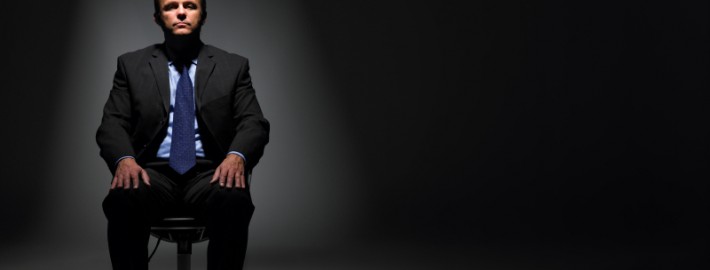The power of alignment – how easy is it to use your advice?
In our personal life, whether in the digital world, or the physical world, we often chose services, in a large part, based on how easy they are to use. This ‘ease of use’ is often driven by how supportive they are of us achieving our desired outcomes.
Let’s take an example, buying a camera. People buy cameras for many different reasons, it could be they want to record their family growing up, they could be going on a special trip, or be a passionate wildlife photographer. Each of these people will have different desired outcomes, which in each case isn’t buying a camera, it’s producing great pictures to show to people.
For a retailer, understanding these desired outcomes could be the difference between making a sale, or not and therefore it’s important piece of the jigsaw.
With the advent of e-tailers we have seen a significant consolidation of the number of physical camera shops on the high street. Those that have survived have done so by creating very loyal customer bases. Often what they can provide over the e-tailers, is the ability for buyers to seek pre and post purchase advice. This is often focused on their needs and context, and helping them achieve their desired outcomes. In return they’re willing to pay a premium for this, and will likely buy additional items and services from the retailer over time.
So why is it, that in the context of professional services do we often miss the target in relation to being ‘easy to do business with’, or making our advice ‘easy to use’? After all, as with personal life often it’s this ‘ease’ that creates positive customer feedback, repeat business, and customer loyalty.
How much time do we spend really understanding the client’s desired outcomes? How our advice will be used? The audience and users for that advice?
And even if we do spend time understanding these, and other key issues, how often during the creation of the advice do we come back and check our advice against them?
So what can we do about this?
Often the answers are all around us if we look for them. Think about your favourite brand, or shop, or airline. What is it that they do that keeps you coming back? How do they understand your needs? Your desired outcomes? And how do they adapt their service to you?
Finding ways to really understand your client’s desired outcomes is fundamental to commerciality as it links to some of the other habits such as: agreeing the scope; creating practical solutions; and communicating for impact.
So, just step back for a few moments and think about the last few engagements you’ve worked on. How easy do you think your client found it to use and apply the advice you gave?
If you can’t answer this question quickly and easily, then it may be that a focus on habit 1, understanding your client’s desired outcomes, is a good starting point for you to increase your commerciality.


